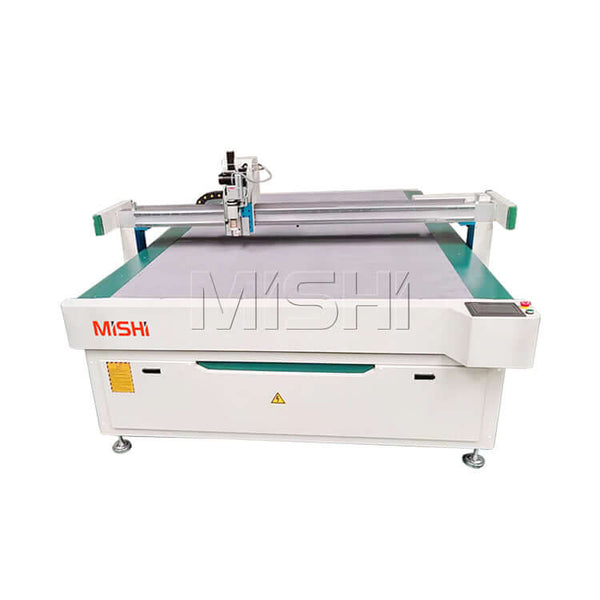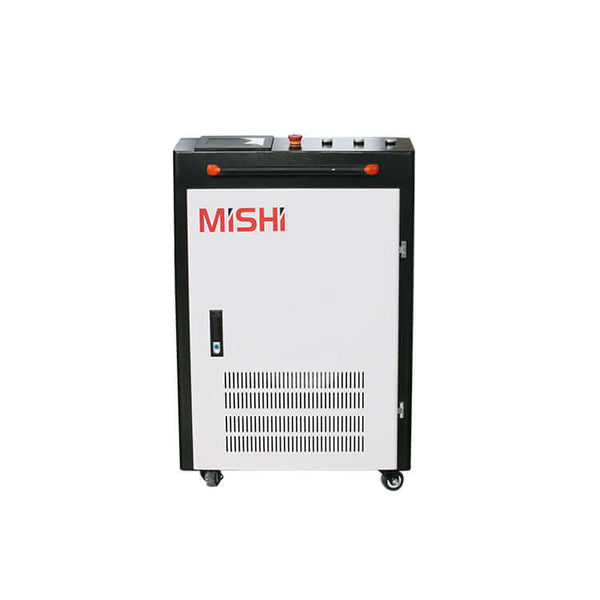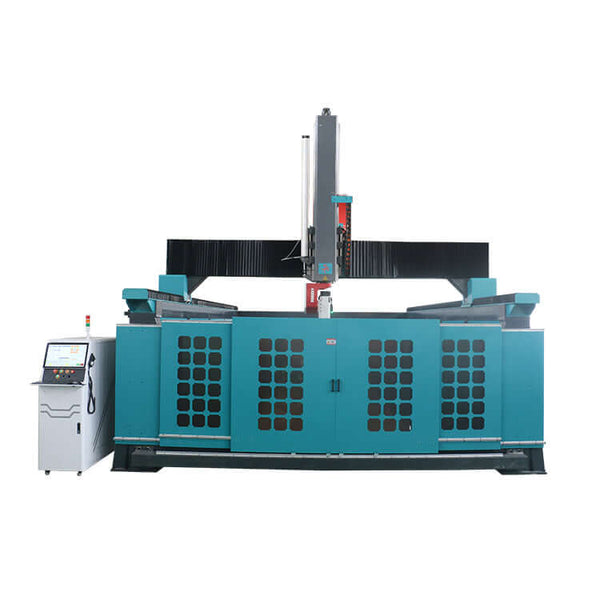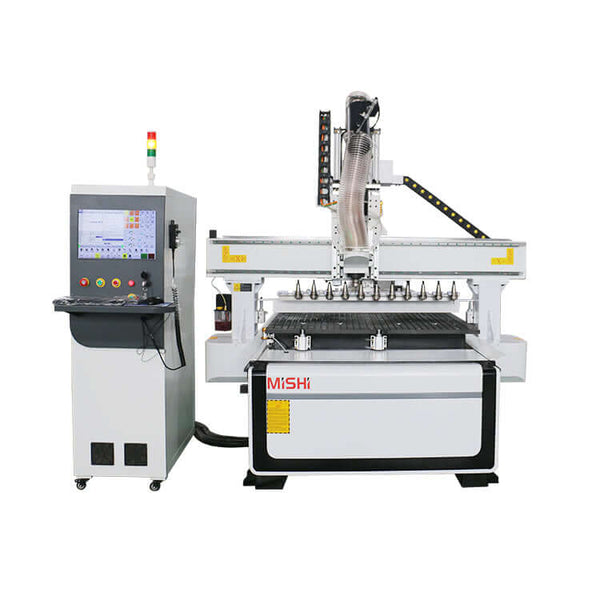The industrial control and factory automation market has undergone significant transformation in recent years, largely influenced by changes in global trade policies. Among the most impactful shifts was the imposition of U.S. tariffs during the Trump administration, which targeted a wide array of imported goods—particularly from China. While these tariffs aimed to protect domestic manufacturing and correct trade imbalances, they also created both challenges and new opportunities for automation companies.
In this article, we explore the key ways in which U.S. tariffs have affected the industrial automation industry and what long-term trends have emerged as a result.
Tariffs and Their Immediate Effects on Automation
The U.S. tariffs targeted key imports such as electronics, machinery, and specialized components—many of which are essential to the automation industry. Components like microchips, sensors, actuators, and PLCs (programmable logic controllers) were heavily impacted.
Key Short-Term Effects:
-
Rising Component Costs: Manufacturers faced significantly higher prices for imported components, which either had to be absorbed or passed on to customers.
-
Supply Chain Disruptions: Delays, shortages, and higher logistics costs impacted production timelines and order fulfillment.
-
Pricing Pressure: Increased production costs resulted in higher prices for automation equipment, which strained adoption for SMEs and cost-sensitive sectors.
Strategic Responses to Tariff Challenges
Rather than succumbing to these pressures, companies responded with strategic changes that have permanently influenced the direction of the industry.
1. Reshoring and Nearshoring Production
Many automation firms began relocating manufacturing back to the U.S. or to nearby countries like Mexico and Canada. This shift helped reduce exposure to tariffs, improved control over production, and supported faster delivery timelines.
2. Supply Chain Diversification
To minimize risk, manufacturers started sourcing parts from Southeast Asia, Eastern Europe, and Latin America. This diversification made supply chains more resilient and less dependent on any single country.
3. Investments in Innovation
In response to rising costs, companies increased R&D spending. The result? More modular, energy-efficient, and integrated automation solutions that require fewer components, while delivering higher performance.
4. Acceleration of Automation Adoption
Faced with rising labor and material costs, companies accelerated their automation efforts to maintain productivity. Technologies like robotics, smart sensors, and software-driven automation gained traction even in smaller facilities.
Long-Term Market Trends Influenced by Tariffs
While the initial impact of tariffs was disruptive, several long-term trends have emerged that continue to shape the future of the industrial control and factory automation market.
✅ Increased Domestic Investment
U.S.-based companies are investing more in domestic manufacturing capabilities, especially advanced automation technologies, to maintain competitiveness and reduce reliance on overseas suppliers.
✅ Growth in Emerging Markets
As production shifts globally, automation is expanding into emerging markets like Southeast Asia, Latin America, and the Middle East. These regions are modernizing rapidly and represent new opportunities for automation firms.
✅ Digital Transformation and Industry 4.0
Companies are embracing digital tools, including AI, machine learning, IoT, and data analytics to boost efficiency and reduce costs. These technologies also help make production more adaptable in uncertain trade environments.
✅ Rise of Collaborative Robots (Cobots)
Cobots offer cost-effective, flexible automation solutions ideal for SMEs. Their rise is making automation more accessible beyond large manufacturers.
Conclusion
The U.S. tariffs significantly impacted the global industrial automation landscape—raising costs, exposing supply chain vulnerabilities, and forcing strategic pivots. However, the automation industry has responded with resilience, innovation, and adaptability. As the global trade environment continues to evolve, the companies that invest in flexibility, digital transformation, and regional supply strategies will lead the way forward.








